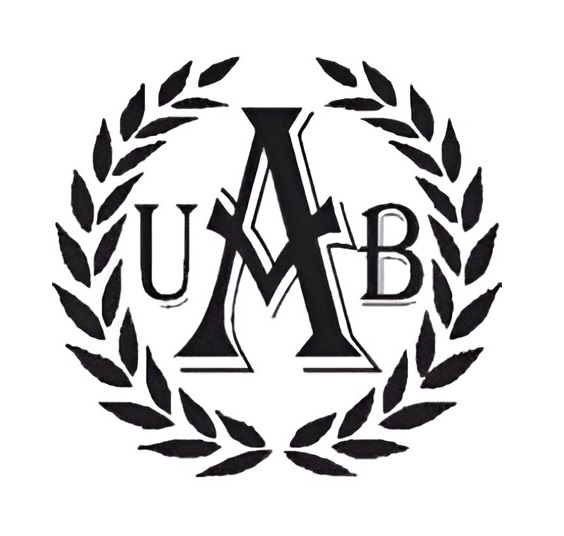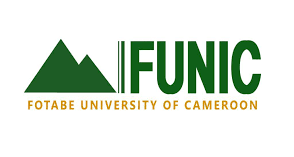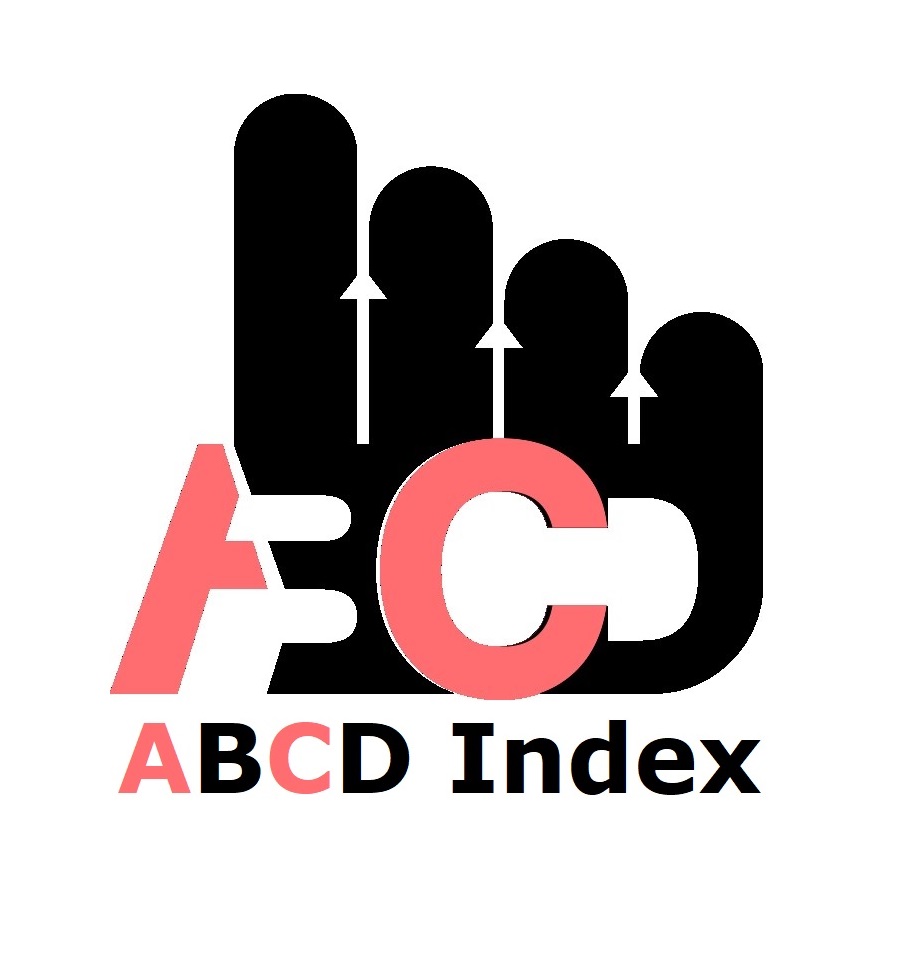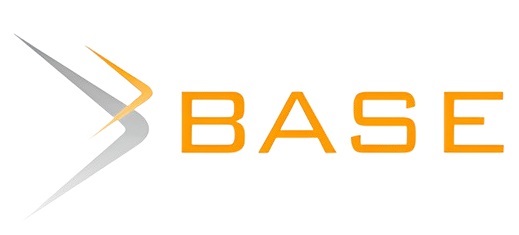Determinants of Negotiated Wages in the Kenyan Banking Industry
Keywords:
Kenyan Banking Industry, Labour Productivity, Negotiated Wages, Unionisable StaffAbstract
Over time, wages in the Kenyan banking sector have increased, but not at a rate that has kept up with inflation. This has had a negative effect in that the employees in the banking sector were unable to maintain the standards they were used to. In the banking industry, the average yearly wage per employee climbed from Kes 10,424 in 1968 to Kes 2,082,067 in 2021. The period from 1972 to 1994 saw the greatest loss in the buying power of earnings for banking personnel. From highs of Kes 2,629,534 in 1972 to lows of Kes 726,178 in 1994, the real average wage per employee per year fell. Between 1994 and 2008, there was a recovery in the real annual average wage per employee. Over this time, the real average wage rose from Kes 726,178 to Kes 2,330,778. By 2021, the real average annual wage per employee had decreased to Kes 1,861,550. The purpose of this study was to identify the factors that influence union wages. With time series data for the years 1968 to 2021, a wage model was fitted, and the estimated outcomes showed that gross profit before tax, labour productivity, and the prior period wage of unionisable personnel were key factors in negotiated wages. The other factors, such as the minimum pay set by law, the number of unionised employees, the unemployment rate, the inflation rate, and the union density, had no statistically significant impact on negotiated wages. The study supports the need for developing a labour productivity measurement system that is acceptable to all participants in the banking industry. The fact that the union's strength had little bearing on determining salaries also made it clear that the union needed to find new strategies for luring members.
Published
How to Cite
Issue
Section
Copyright (c) 2023 Mark Murithi Kimathi, Edwin Jairus Simiyu

This work is licensed under a Creative Commons Attribution-NonCommercial 4.0 International License.
Most read articles by the same author(s)
- Edwin Jairus Simiyu, Mark Murithi Kimathi, COMESA Customs Union Commitments and the Impact on Kenya: Using the Wits-Smart Simulation Model , African Journal of Empirical Research: Vol. 4 No. 2 (2023): Jul-Dec 2023
- Husna Shilwatso, Edwin Jairus Simiyu, Reuben Kipkirui Rutto, Effect of Inflation on Kenya’s Maize Production and Food Security , African Journal of Empirical Research: Vol. 5 No. 2 (2024): Apr-Jun 2024
- Getrude Nabwire, Edwin Jairus Simiyu, Maniagi Gerald Musiega, Effect of debt-to-GDP ratio on economic stability in Kenya , African Journal of Empirical Research: Vol. 6 No. 3 (2025): Jul-Sep 2025























